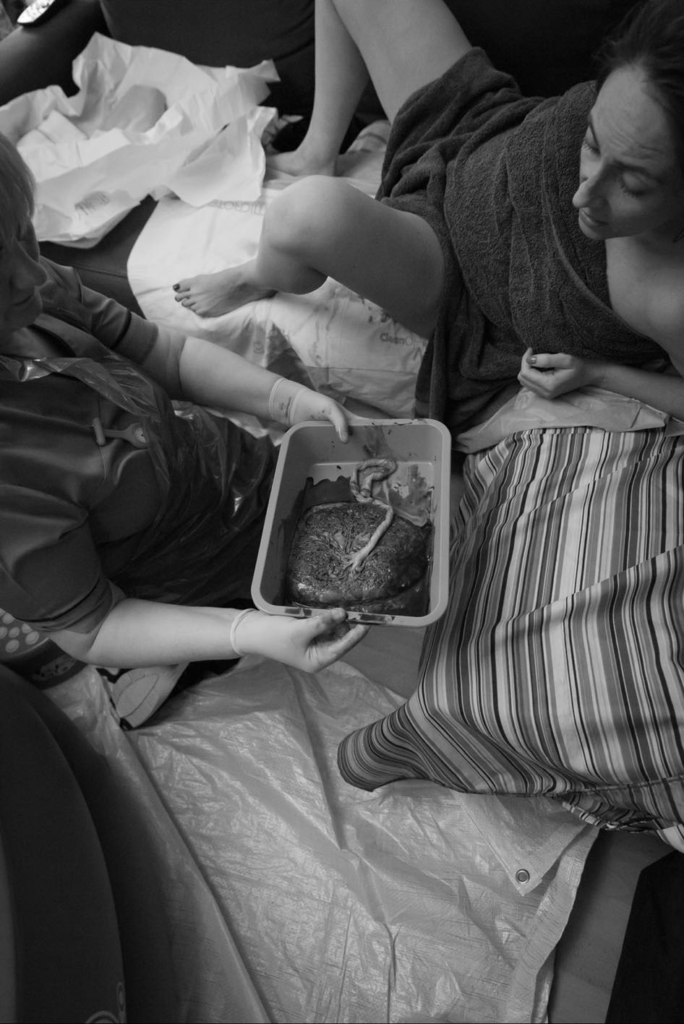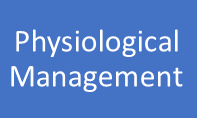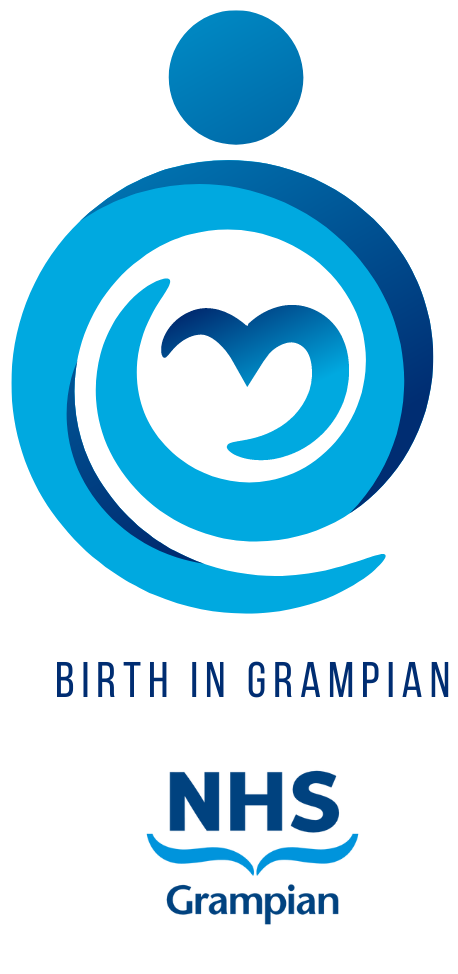Contents

What is the third stage of labour?
The third stage of labour is the period between the birth of your baby and the delivery of the placenta, sometimes called the “afterbirth”. Once your baby’s born, the release of the hormone oxytocin will make the uterus contract and become smaller. This makes the placenta start to separate. You will have some bleeding during the third stage of labour as you pass the placenta. Most women tend to find delivering the placenta to be uncomfortable but not painful.

What are my options in the third stage?
There are two options for how you manage the third stage of labour: Active management and Physiological management.
Would you recommend one management option more than the other?
Active management of the third stage of labour is generally recommended by NICE Guidelines because it is associated with a lower risk of excessive bleeding known as postpartum haemorrhage and/or blood transfusion. However, it’s your choice how you wish to manage the third stage of labour and it is important that you consider the options, potential advantages and disadvantages of each management as well as the available evidence outlined below to help you decide what the best option is for you.
There are some situations where we would advise you that physiological management is not recommended. Some examples of when we would recommend active management of the third stage include:
- If you’ve previously had a postpartum haemorrhage.
- If your labour has been induced or you have had oxytocin (the hormone drip) during your labour.
- If you have epilepsy controlled by anticonvulsant medication.
- If you have had two more doses of opiates during labour.
- If you an anaemic (low iron levels).
Your midwife or doctor will explain to you if this is the case for you.

Active management of the third stage involves giving you an injection into your thigh as you give birth or shortly after the birth of either Syntometrine or Syntocinon, which are drugs to help your uterus contract. Syntometrine is the routine drug of choice in NHS Grampian for the third stage of labour as research has shown it is more effective than the drug Syntocinon in reducing blood loss during the birth of the placenta. Compared to Syntocinon, Syntometrine does however have a higher chance of some side-effects such as vomiting, nausea and high blood pressure.
Evidence suggests it’s better not to cut the umbilical cord straight away, so your midwife will wait to do this between one and five minutes after birth. This may be done sooner if there are concerns about you or your baby.
Once the placenta has come away from the womb, the midwife gently pulls the cord – which is attached to the placenta – and pulls the placenta out through your vagina. This usually happens within 30 minutes of your baby being born.
Research has shown:
- Active management shortens the length of the third stage of labour compared with physiological management.
- Potential side effects of Syntometrine are nausea, vomiting, headaches, increased blood pressure and severe abdominal cramps.
- There is an increased chance of you feeling sick or vomiting (about 100 in 1,000).
- It lowers your risk of having heavy bleeding after the birth, known as postpartum haemorrhage (approximate risk of 13 in 1,000 of a haemorrhage of more than 1 Litre).
- The chance of requiring a blood transfusion is approximately 14 in 1,000 women.

Physiological management is an approach of not interfering with nature, no oxytocin injection is given and the third stage of labour happens naturally. The cord isn’t cut until it has stopped pulsing – this means blood is still passing from the placenta to your baby.
Once the placenta has come away from the womb, you should feel some pressure in your bottom and contractions. You will need to push the placenta out. It can take up to an hour for the placenta to come away, but it normally only takes a few minutes to push it out.
If you intend to breastfeed your midwife will encourage and support you to try feed your baby as this helps your uterus contract.
If the placenta doesn’t come away naturally or you begin to bleed heavily, you’ll be advised by your midwife or doctor to switch to active management. You can do this at any time during the third stage of labour.
Research has shown:
- Physiological management is associated with nausea and vomiting in about 50 in 1,000 women.
- The chance of having increased bleeding is approximately 29 in 1,000 of a haemorrhage of more than 1 Litre.
- The chance of needing a blood transfusion is approximately 40 in 1,000 women.
More Information
You can access more information on the third stage of labour from your Ready, Steady, Baby book or by clicking here
